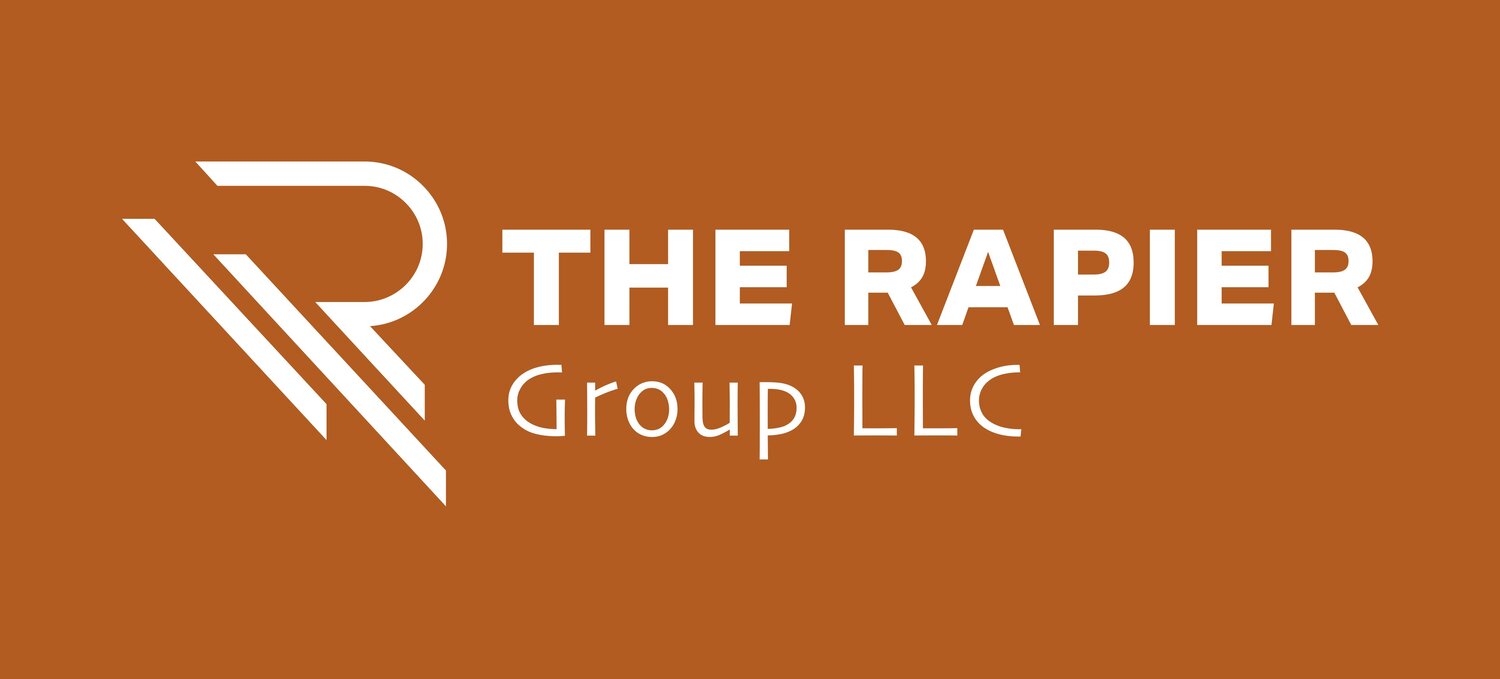Acquisition Data Integration - Part 3: Collaboration Data
Photo by Gabriel Sollmann on Unsplash Library
This is the third and last in a series of posts based on a recent conversation with a friend who is the data integration lead for an acquisition her company is making. The first two posts recapped our discussions covering the applications portfolio and reporting. The last part of our conversation was about collaboration data – spreadsheets, PowerPoints, reports, PDFs, images, and all the places they are stored. Because this is a carve-out for the seller, there are challenges. The artifacts the buyer needs are interspersed with data not included in the deal.
Process is the key to success, and you need to start early, so data is ready for transport when the deal closes.
Step 1 – Build Staging Areas
The seller will need to set up landing areas for documents that need to go to the buyer. There will be multiple areas based on technical, geographic, and administrative requirements. It is essential to define the directory structures so people know where to load data and you know how to find it later.
Collaborating with legal, you will need to develop instructions to help employees correctly identify data and stage it for review. The instructions need to let people know where to get guidance if they are not sure.
When individual documents contain both types of data, redaction procedures will be required. Often dedicated teams are developed to manage this activity. Decisions on what to redact can be difficult, and the tools are not always easy to use. The seller will need to retain both versions to be able to answer questions later.
Step 2 – Stage the Data
For collaboration platforms like SharePoint, the site administrators will need to identify the reorganize the artifacts into two broad categories – what goes and what stays. Where necessary, access to the data to be transferred needs to be restricted.
Laptops and personal network drives (cloud and internal) present a unique challenge because the data's organization is based on user preference. Generally, each user will have a directory in the staging area, and artifacts will be moved there.
Email accounts will follow a similar logic to laptops and personal drives. The process will need to be adapted based on any technical constraints of the email platforms.
Step 3 – Review the Staged Data
The buyer and the seller are both involved in this. The seller needs to designate individuals who will review the staged area and confirm they are ready for transfer. This review will be hierarchical and individual reviews will roll up to an overall confirmation. The challenge is the time it will take for individuals to assess and stage data.
Step 4 – Transfer the Data
Each platform will have a different technical migration approach. There are tools for migrating email, SharePoint, Zoom, and other content management platforms.
Depending on the amount of data, moving the information over the telecommunications network may not be feasible, and physical storage devices will be needed. The timing of the transfer needs to be agreed upon and documented in the TSA. Most of the data have to be given to the buyer on Day One; the rest can move later.
As part of the transfer, the buyer needs to review and confirm the receipt of the data. There also needs to be a process in place for follow-up requests when missing files are identified.
Intellectual Property and R&D data require special attention. The terms of the TSA may lead you to believe you have time to complete the transfer. Contractually this may be true, but in most acquisitions IP and R&D are the crown jewels and are the key to the long-term growth and synergy of any deal. The agreement may allow for time, but the buyer will demand this type of information almost immediately.
Another aspect of planning is timing. Most of the data will be transferred on Day One. Some may need to be reserved pending regional regulatory approvals, contract renegotiations, legal holds, or other compliance-related issues. As the appropriate approvals are received, incremental transfers will be scheduled.
For my friend, defining this process is important because she needs to report that the expected data has been received. It just as crucial to the seller because this much data movement will probably trigger Cybersecurity Data Loss Prevention alerts. The documented processes will allow those to be closed.
Please share feedback about this article and suggestions for future topics of discussion in the comments section. Here is a link to a short video on this subject. The previous articles in the series are on this website.


